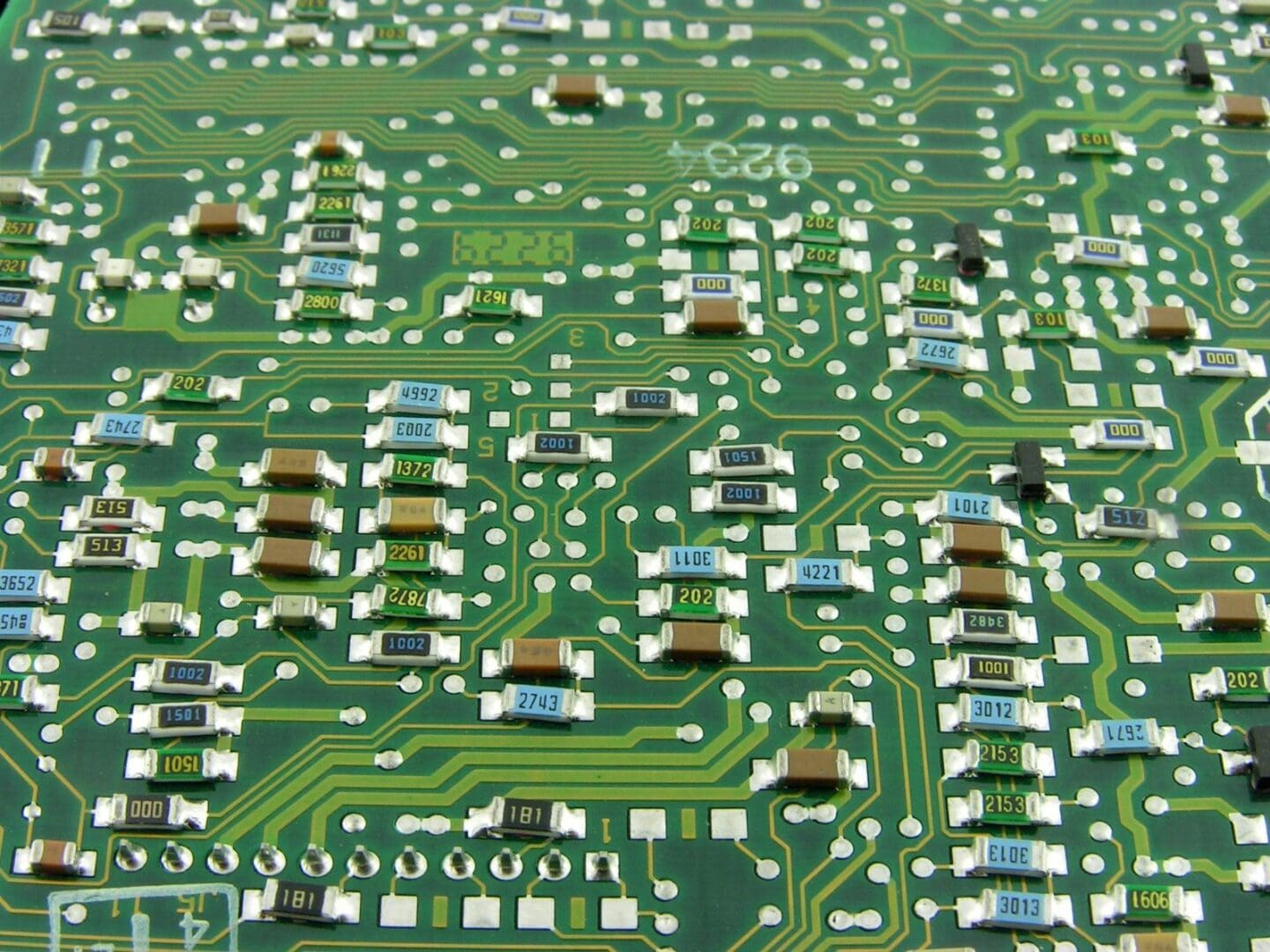
Advanced Diamond Chips Are the Key to Alleviating AI Data Center Power Demand Concerns
The rapid acceleration of digital technologies, including artificial intelligence (AI) and large language models, is significantly increasing the computational demands on data centers. This growth is not only stressing the infrastructure but also exacerbating environmental impacts due to high power consumption.
Industries across the board, from automotive electrification to aerospace power electronics, require semiconductors that can keep pace with their technological advancements. The challenge is creating a new generation of semiconductors that can meet these demands through enhanced durability and efficiency.
The Emerging Role of Advanced Diamond Semiconductors
Lab-grown diamond semiconductors have long been recognized for their potential across various industries. Recent advancements in diamond semiconductor fabrication now position them as a leading solution to meet the increasing demands of modern technology.
Traditional diamond semiconductors face significant challenges in energy consumption and heat management—factors that can lead to premature failure. However, the diamond’s superior thermal and electrical properties make it uniquely suited to address these challenges. Yet, to fully harness these properties, semiconductors must undergo innovative modifications to enhance their structure and performance.
Current hurdles, such as doping difficulties and defect density, have historically limited the effectiveness of diamond chips. Nonetheless, groundbreaking advances in doping techniques are set to revolutionize this domain by enabling more precise control over the diamond’s electronic properties.
Revolutionizing Diamond’s Electronic Capabilities through Advanced Doping
One proprietary approach to diamond semiconductor doping—achieving substituent integration of n-type (negatively charged) and p-type (positively charged) dopants—involves sophisticated defect engineering that modifies the diamond’s electronic structure. This process minimizes structural distortions and promotes enhanced conductivity, which is essential for supporting both high-temperature power electronics and high-performance quantum computing within data centers.
This novel doping method optimizes diamond’s electronic attributes, leading to semiconductors with improved carrier mobility and reduced defect densities. These enhancements allow for the development of more reliable power semiconductor devices as well as efficient quantum gates, crucial for powering advanced computational infrastructures.
Leading Semiconductor Innovation
The advanced doping techniques developed directly address the formation of vacancy defects, optimizing the diamond’s electronic structure for superior charge transport. This leads to significant improvements in performance and thermal management compared to other advanced materials like boron nitride or gallium nitride.
With these innovations, diamond-based semiconductors minimize energy losses during power conversion, support higher temperatures, and offer increased voltage handling capabilities. The compact and efficient nature of these advanced chips makes them ideal for meeting the rigorous demands of modern technology applications, from powering AI-driven data centers to supporting next-generation automotive systems. By embracing these cutting-edge advancements, diamond-based semiconductors are poised to redefine the landscape of power electronics and set a new standard for the semiconductor industry.
